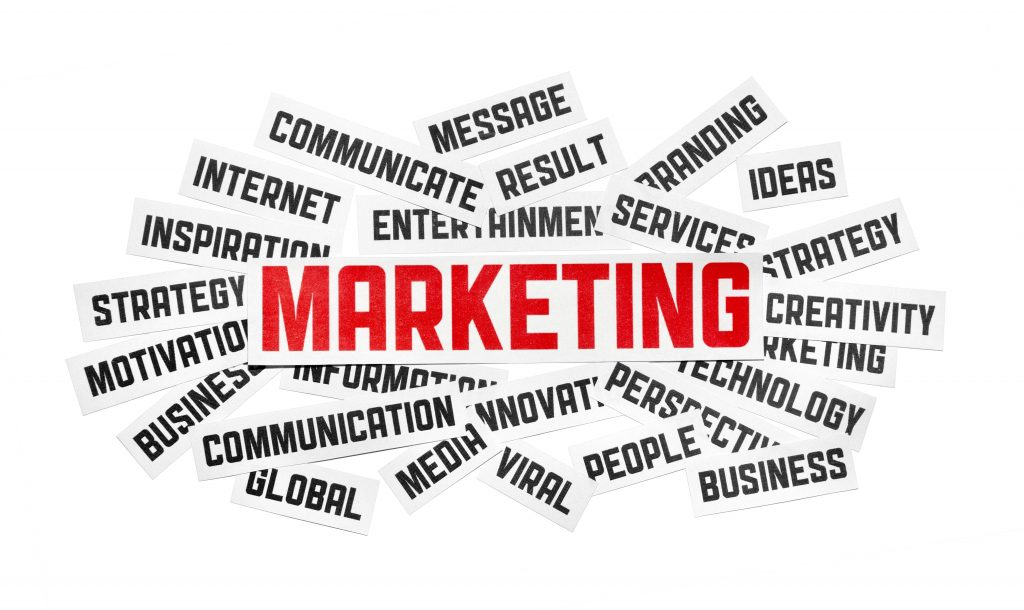 Having a vision plan is one of the basics of owning a small business, but it’s sometimes unintentionally neglected. A small business vision plan is important because it articulates the owner’s strategy and goals to all stakeholders.
Having a vision plan is one of the basics of owning a small business, but it’s sometimes unintentionally neglected. A small business vision plan is important because it articulates the owner’s strategy and goals to all stakeholders.
Many successful small businesses are often led by a charismatic and driven entrepreneur who is not only seeking to be successful but also wants to build a business of lasting value that can be passed on to heirs and successors. Usually this type of leader has a very clear business vision plan and roadmap for getting there. The biggest problem is that the plan and the roadmap are, more often than not, in his or her head and are not clear to others in the organization.
More than one manager employed in a small business has complained, “I know my performance is somehow being measured by ownership against some standard or plan but, for the life of me, I don’t know exactly what that is. ” Asking your employees to perform against some vision they can’t see is like asking someone to put together a jigsaw puzzle but not allowing them to see the picture on the box. If they don’t have a clear vision of what the puzzle should look like, they have no idea of how to link the pieces.
It works the same way in your business. Market planning, sales planning, product planning, goal setting and financial forecasting could all be rendered useless if your staff doesn’t have the big picture –a strategic small business vision — of what your organization wants to look like five, 10 or even 20 years from now. In other words, without a business vision plan, how will you know if your strategy is valid — and even more importantly, how will you know when you’ve gotten “there?”
The process of creating a well-organized, facilitated small business vision plan will help you assess and articulate some concepts you may intuitively know but may not have formalized, such as:
- your organization’s core values;
- your organization’s core purpose; and
- a well-defined map to your goals.
A formal small business vision plan can help you achieve much-needed ancillary results, such as:
- creating short term wins for your organization;
- buy-in from employees; and
- buy-in from other stakeholders, both internal and external.
But even more importantly, that small business vision, once formally articulated and widely shared, becomes the yardstick against which all other planning is assessed and measured. This applies to financial, market, sales and product plans.
Notice the comment about the business vision plan being widely shared. You will probably want to form a relatively small but empowered group to help put your vision into something that can be clearly seen by others.
Once done, the impulse is to share it only with management or those people to whom you have given certain authorities. But that would not be getting the greatest use from your planning efforts. Once complete, the business vision plan should be widely shared with all employees. Why? Well, the obvious answer is that you want their buy-in and you want them to embrace the plan. But an even bigger reason is that if they know what you know, 90% of the time they will make the same decisions you would make.
In addition to your employees, you will want to share the plan with suppliers and key clients, plus your banker, CPA, attorney and estate planner. Doing so will help every one of your external stakeholders –people who have no financial ownership in your business but have a stake in your success — deliver better and more targeted services to your organization, often at a savings in costs and logistics.
Another outcome from engaging in a small business vision planning process is that it will bring about change in your organization, and change can be a very scary word. In the next post, we’ll look at how to deal with change in your organization in such a way that it is not only manageable but welcomed.

 There are many explanations of the difference between marketing and sales, some quite long. But as is often the case, the best definitions are the simplest and shortest. Marketing is about the needs of the customer. Sales are about the company’s need to make the cash register ring.
There are many explanations of the difference between marketing and sales, some quite long. But as is often the case, the best definitions are the simplest and shortest. Marketing is about the needs of the customer. Sales are about the company’s need to make the cash register ring.